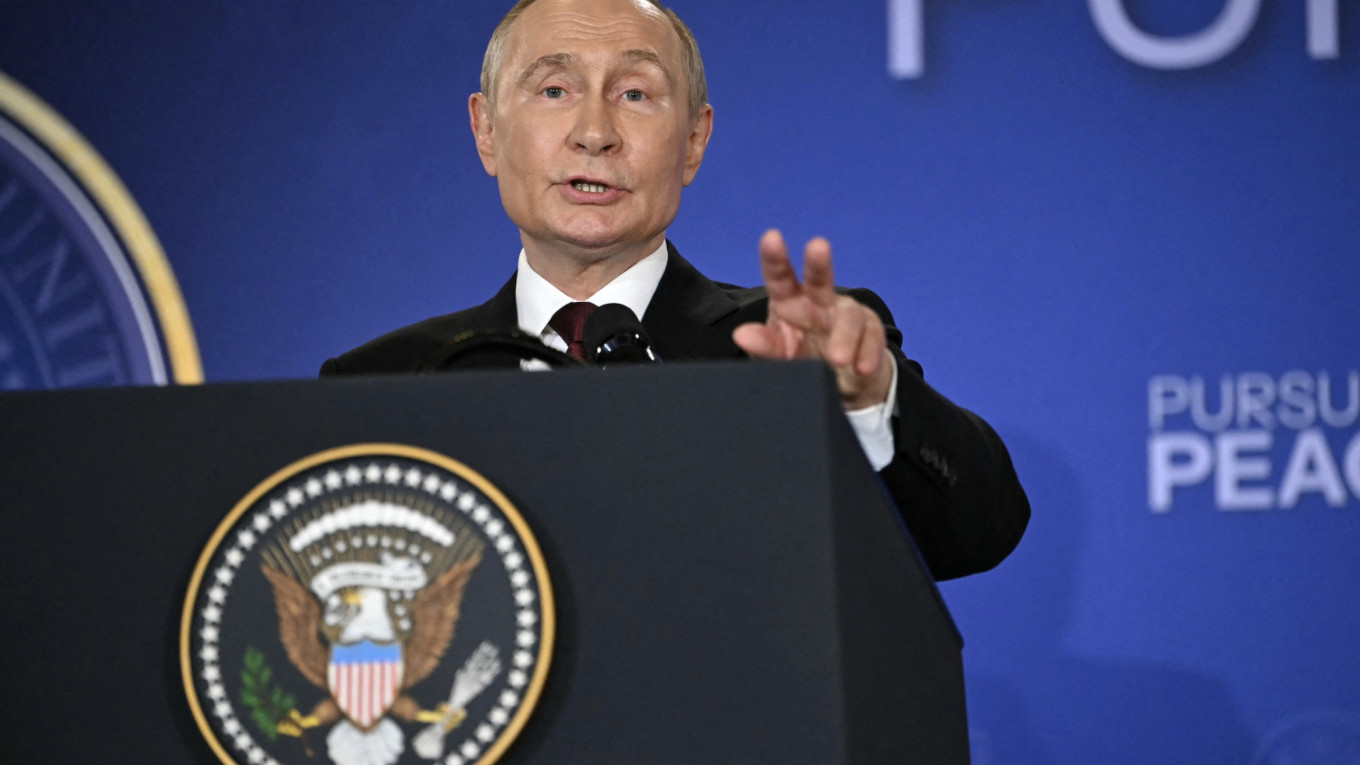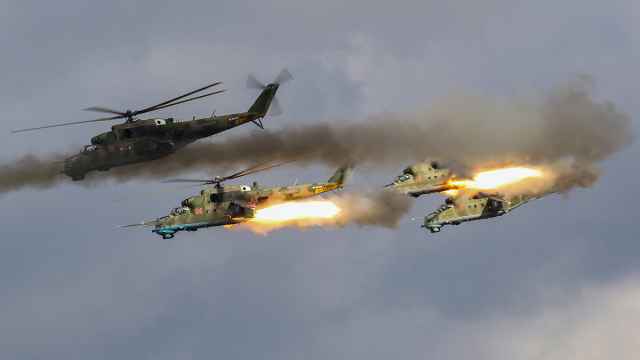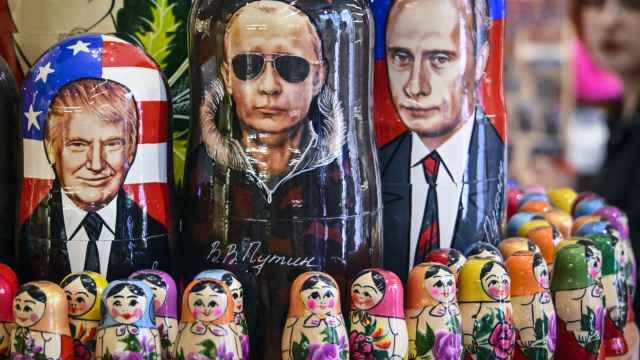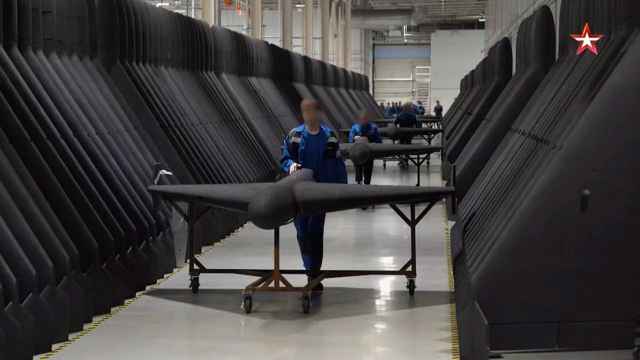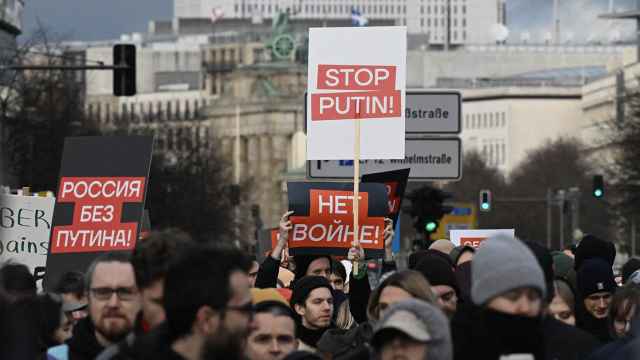The big, beautiful summit that could have been an email is over and Ukraine got no closer to a durable peace. If anything, the principal outcome thus far is optical: a staged return of Russia from its years-long diplomatic isolation. The red-carpet treatment of Russian President Vladimir Putin in Alaska played out powerfully not only on Russian television and social media but globally.
In a brief interview with Fox News after the summit, United States President Donald Trump opined that his Ukrainian counterpart Volodymyr Zelensky “should make a deal,” while insisting that “if they don’t want to do it, then you’re never going to have peace.” Zelensky will meet the U.S. President on Monday to clarify the exact peace or ceasefire terms that Trump discussed behind closed doors with Putin
So why is the President who boasts of ending five wars and vowed to finish this one within 24 hours still unable to do so? Because the Kremlin’s sphere-of-influence obsession, boundless appetite and domestic problems cannot be treated with quick fixes. From the outset, Putin’s strategic aim was less about annexing Ukrainian land than re-establishing Russia as a global power and a dominion in Europe.
Still, it is hard to act like one with Russia’s modest economic capacity, comparable to that of Italy. So, the last resort is the projection of force and its nuclear arsenal. That is why, on the eve of the summit, analysts discovered that Moscow was preparing to test a new cruise missile equipped with a nuclear warhead and a nuclear propulsion system. For a long time, Russians could comfort themselves as they suffered under international isolation, that, at least, powerful countries were afraid of them.
Thus, the U.S. president welcoming Putin to Alaska and Foreign Minister Sergei Lavrov’s nostalgic USSR-themed sweatshirt arguably served the Kremlin’s primary goal well. Today, framing Russia as a global power in a world shaped by great power competition has made its return to serious political discourse.
Another important driver of the war is the West’s hesitation to enact and fully enforce severe sanctions on Russia following the invasion and annexation of Crimea, which gave the Kremlin time to rewire trade. Today, under global sanctions, Russia’s export revenues eclipse 2015 levels.
The result is a Russian war economy that has not collapsed but adapted. Only now has it finally started to slow after three years of unsustainable growth powered by government spending and will be able to muddle through for a while before it collapses. As of today, secondary sanctions against countries trading with Russia and reducing oil prices are the last resort to ensure peace.
Russian Finance Minister Siluanov’s heavy sigh in response to a journalist’s question about economic talks may reflect the situation of the Russian finances. For 2025, Russia earmarked roughly 13.2 trillion rubles ($142 billion) for defense. Making up about 6% of GDP and close to a third of federal spending, it is the highest military burden since the Cold War.
One more obstacle to ending the war is the financial interests of those enriching themselves from the military-industrial complex and the wartime restructuring of the economy, creating a class of winners. Since the start of the war, the number of Russian billionaires has risen, fueled by buying foreign assets cheaply, operating in import-substituting industries, exploiting disruptions in European markets and benefiting from producing home-grown substitutes for unavailable Western goods.
People throughout the armed forces have also benefited. Corrupt officers have grown accustomed to massive profiteering, seizing soldiers’ salary cards and PIN codes before sending them to the frontlines. By delaying the reporting of deaths for months, they enrich themselves to a level they could never have reached as civilians.
Beyond the financial corruption, there are issues like the psychological scars and the challenges of reintegration of people with combat experience into often-depressed communities. The level of crimes committed by Russian veterans has already soared.
Moscow’s information machine can brand almost anything a victory and rebrand yesterday’s enemies as today’s friends, dictating the national mood. On the eve of the summit, after years of demonizing America, the Russian propagandists released a video showcasing U.S.–Russian ties.
But when it comes to peace, the political problem is latent but obvious: once the spectacle fades and costs mount, victory may look like paying indefinitely for the occupied territories that cannot pay for themselves.
The occupied territories Russia illegally annexed in September 2022 are fiscal sinkholes needing heavy federal transfers. A decade after Moscow seized Crimea, the region’s budget depends on subsidies for more than half of its expenditures. For the Donetsk People’s Republic, that figure is 70%, and 78% for the newly-occupied Kherson region. Yet Russian taxpayers’ money, which could be used for improving their standards of life, do not foster reconstruction or prosperity of other regions—they barely cover basic survival. In once full-of-life Donetsk, for example, residents receive running water only once every three days.
Moreover, as Russia failed to reimagine itself and provide a non-imperial nation-building narrative, the search for enemies will continue. Under the mounting domestic problems of a post-war country, another war may become a remedy for the failure to solve them efficiently.
But most importantly, Russia is gaining experience in modern warfare that other armies currently lack, preserving officer expertise while high enlisted casualties fall mostly on frontline troops. The Kremlin plans to open 15 new military educational institutions to sustain and institutionalize this knowledge, starting in 2025.
Simultaneously, Russia is industrializing the shift toward autonomous and precision battlefield systems, targeting 2 million FPV drones and 30,000 long-range and decoy drones by 2025. While Russia invests nine times less in real terms into its military than the U.S. and EU combined, it is adapting faster to the new nature of war than many European states realize and are able to re-arm. Western and Ukrainian intelligence services constantly warn of Moscow’s intent to test NATO’s commitment to a collective response to aggression by the end of the decade, preferably with as little U.S. involvement as possible.
Thus, when Russia claims that it seeks to eliminate the “root causes” of the war, it means an independent, pro-European, pro-democratic, and prosperous Ukraine that is capable of shielding Europe from Russian invasion. It aims at erasing Ukrainian identity and, when it is impossible, the Ukrainian people themselves, turning the country into a smaller Russia to strengthen its army for bigger goals.
A Message from The Moscow Times:
Dear readers,
We are facing unprecedented challenges. Russia's Prosecutor General's Office has designated The Moscow Times as an "undesirable" organization, criminalizing our work and putting our staff at risk of prosecution. This follows our earlier unjust labeling as a "foreign agent."
These actions are direct attempts to silence independent journalism in Russia. The authorities claim our work "discredits the decisions of the Russian leadership." We see things differently: we strive to provide accurate, unbiased reporting on Russia.
We, the journalists of The Moscow Times, refuse to be silenced. But to continue our work, we need your help.
Your support, no matter how small, makes a world of difference. If you can, please support us monthly starting from just $2. It's quick to set up, and every contribution makes a significant impact.
By supporting The Moscow Times, you're defending open, independent journalism in the face of repression. Thank you for standing with us.
Remind me later.



